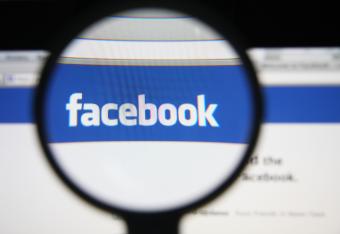
Twitter pranks are a natural consequence of the burgeoning popularity of the social networking phenomenon. From the rude to the ridiculous, pranks can be front-page news.
Why Twitter?
Twitter markets itself as a "microblogging" tool - not "What did you do today?" but "What are you doing right now?" While some websites such as the Trouble with Twitter mock this trend, the fact is that there have been remarkable uses of Twitter. The company itself refuses to comment on the actual number of users, but estimates range between 5 to 19 million users, with more coming every day. Is it any wonder that people prone to playing jokes would be trying to find ways to play Twitter pranks?
The King of Twitter Pranks: Aston Kutcher
While there are many celebrities such as Shaquille O'Neille who Twitter, none have the kind of following that Demi Moore and Aston Kutcher have. The married couple uses Twitter as a way to have unprecedented contact with their fans - in fact, Demi's fans once were able to help prevent a possible suicide using Twitter.
However, her husband Aston has a true prankster's mindset. Bemused by the way people seemed anxious to acquire followers, he challenged Ted Turner's CNN network to a race. The goal? Who could be the first to acquire one million followers. Aston promised to prank CNN (and Mr. Turner) if he won, and as the former host of the prank show Punk'd people were sure he would hold true to his vow.
The competition became quite intense, but Aston did get to one million followers faster than CNN. As a result, he and a team of friends streamed live on the web the unfurling of a banner reading "@aplusk" (his Twitter account) over the CNN logo at the building's headquarters. He had also hoped to "ding-dong-ditch" CEO Ted Turner's house (that is, ring the doorbell and run) but since Mr. Turner has fairly extensive security, he instead left eight hundred boxes of hostess dingdongs at the front door of one of the TV mogul's restaurants.
Kutcher's Twitter pranks don't always have such grand designs. He also tweeted a simple prank by snapping a cell phone photo of his wife, Demi, bending over in a bikini. He posted that to the Internet with a caption Don't tell wifey! which unfortunately sets a rather bad example. Nonconsensual posting of any private pictures is an invasion of privacy, not a prank. Demi didn't seem to take it too badly, however.
The Darker Side of Twitter
Not all Twitter pranks have as happy or harmless an ending. For example, the website for Skittles candy tried to have its website design "editable" through Twitter by consumers. This worked great for about three days, until users from all over the world began Twittering profane messages to the site - and Skittles was forced to end the social networking experiment.
Twitter has also been used more and more for spam, a trend that has been growing at an alarming rate and threatens to remove some of the usefulness of the site. One infamous trick would show a link on a page that said "don't click" - which usually was irresistible for people to click. What they didn't know was that the page was actually a Twitter page loaded up over the button, and made invisible using CSS. So while the person believed they were not spreading spam, in actuality they were re-posting the link again and again.
Even Twitter itself is often the victim of pranks: in July 2009 a group of users got together and attacked the "developing trends" of Twitter. Along with many subjects like "Steve McNair" and "Harry Potter," somehow "gorilla penis" became a top trend.
What had happened was simply hundreds of Twitter pranksters from all over the world were creating accounts and posting tweet after tweet with the hashtag #gorillapenis in the message. That was all it took for Twitter itself to get pranked, and most likely the jokes on the popular service have only begun.







